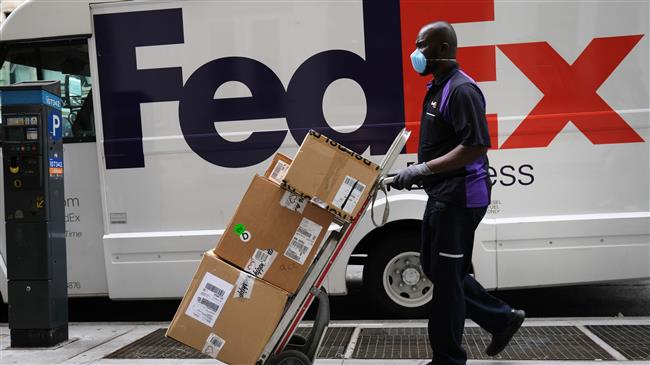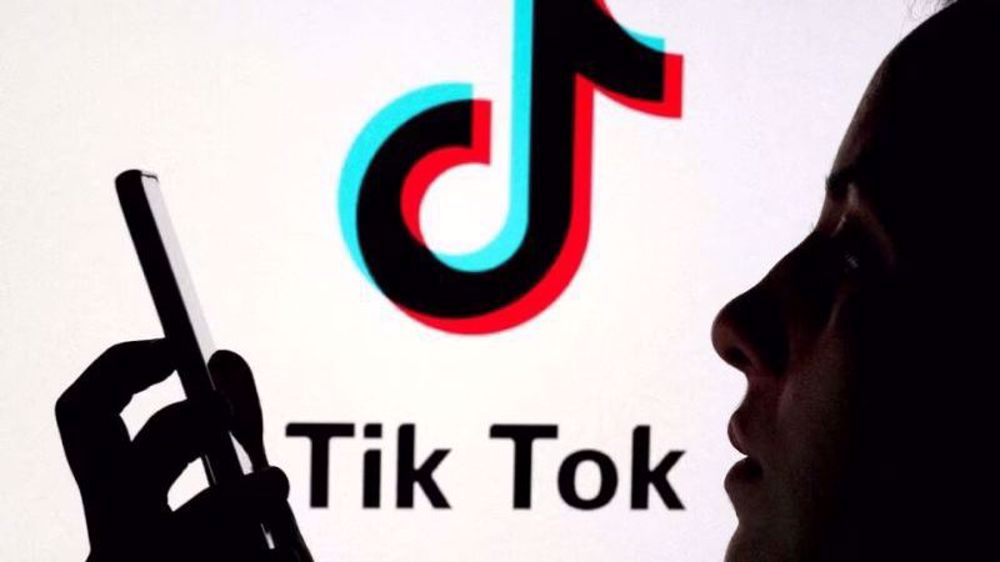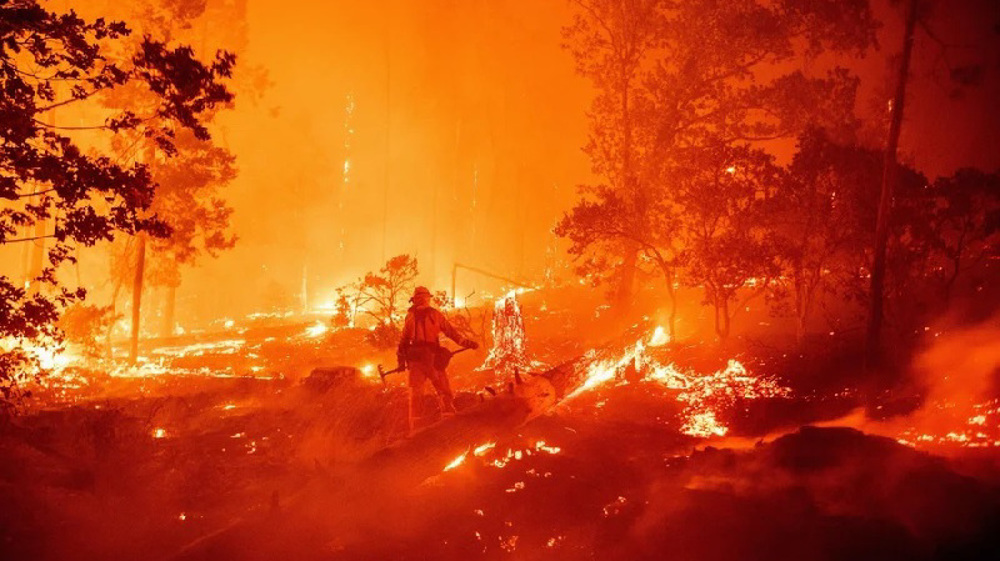US workers face long-term unemployment amid pandemic
More than six months after the pandemic ravaged the US labor market, millions of Americans who are still unemployed are bracing for the possibility that the jobs they held before the crisis may not come back for years, if at all.
After big improvements over the summer, the labor market recovery is slowing. People who previously worked as bartenders, housekeepers or in other jobs dependant on travel and close human interaction, are sidelined as their industries adjust to lower demand and the pandemic begins to leave a lasting mark on the US economy.
As of September, the US labor force had about 142 million workers, down 7% from pre-pandemic levels. But employment in leisure and hospitality is 23% below pre-pandemic levels, according to Labor Department data released last week, more than any other industry. Temporary furloughs are becoming permanent layoffs as companies that had hoped to reopen fully make tough choices.
Walt Disney Co announced last month it will cut 28,000 jobs. United Airlines and American Airlines will furlough 32,000 workers. Cineworld, the world’s second-largest cinema chain, will cut approximately 20,000 US jobs.
Meanwhile, hiring by utility companies and retailers, which offer services that are essential or in high demand during the crisis, is rebounding more quickly, bringing employment almost back to February levels.
“It’s almost like there’s two economies going on,” Cleveland Federal Reserve Bank President Loretta Mester told Reuters last week. “It’s very much sector by sector.”
Upside down
Workers who were laid off from hard-hit industries are finding few new job opportunities and intense competition.
Matthew Seevers was permanently laid off in May from his job as a bartender for a Las Vegas casino. Seevers, 36, has not heard back on any of the five jobs he has applied for since.
“Everything is upside down in our world,” said Seevers, who hopes to find another job before the forbearance on his mortgage expires in six months.
The number of advertised job openings increased in September, according to an analysis of postings by Indeed Hiring Lab here. But the jobs on offer are not typically in the same sectors that have shed the most workers.
Postings for retail positions and jobs that require driving or delivery are approaching or above levels seen a year ago, according to Indeed. Hospitality and tourism job postings are down nearly 50% from a year ago, and food prep and childcare down about 20%.
“There has been definitely a shift in the composition of jobs,” said Nick Bunker, the economic research director for North America at Indeed Hiring Lab.
Low-wage job postings, those paying less than roughly $30,000, are rebounding more quickly than middle or high-wage jobs, Indeed found.
Gloribel Castillo, 50, has been out of work since early July, when the Manhattan hotel where she worked as a housekeeper furloughed her for the second time this year. Domestic air and hotel bookings to New York state for the week of Sept. 21 were down 81% compared with a year ago, according to a report here by the US Travel Association.
Castillo said she would be happy to do other work, but worries about matching her previous earnings and benefits - about $1,400 a week before taxes with generous healthcare benefits and the opportunity for overtime pay. “Where am I going to get that?” she said.
She holds out hope that her employer will call her back to work, as occurred this spring when the hotel hosted doctors and nurses who were treating COVID-19 patients in the city. Castillo is considering applying for food stamps to supplement the $442 a week she receives in unemployment benefits.
After paying her nearly $1,300 rent bill and utilities, she has only about $100 left for the month to buy groceries for her daughter and herself.
Permanent losses?
More people face prolonged periods of joblessness as hiring slows.
The number of people who had been out of work for at least 27 weeks increased by 781,000 in September to 2.4 million, according to the Labor Department. Another 345,000 people were permanently laid off that month, increasing the total to 3.8 million.
Some economists are concerned the pandemic has set off a long-term shift that echoes the 2008 financial crisis. Cost-cutting and technological improvements contributed to a drop in office, administrative, manufacturing and construction jobs, which never returned to 2007 levels.
Workers may need training for new careers, policymakers say.
Helping the out-of-work rebuild careers is “a pretty important thing for us to work on,” Richmond Fed President Thomas Barkin said on Bloomberg TV last week.
Seevers, the laid-off bartender, said he is looking to learn computer science or other tech skills. “If I don’t get my job back, I’m just trying to figure out something that has more of a future.”
(Source: Reuters)
Araghchi: Iran-Russia strategic deal step toward ‘more just world’
UNRWA unraveled amid Israel's allegations, reduced intl. support
Palestinian journalist, a Sobh Media Festival awardee, killed in Gaza hours before truce
Jan. 15: ‘Axis of Resistance’ operations against Israeli occupation
VIDEO | Fears, hope in Gaza amid intensified ceasefire efforts
VIDEO | Press TV's news headlines
Hamas: Ceasefire agreement result of steadfastness, resistance in Gaza over 15 months
Hamas thanks Iran, Resistance Front following achievement of ceasefire in Gaza












 This makes it easy to access the Press TV website
This makes it easy to access the Press TV website